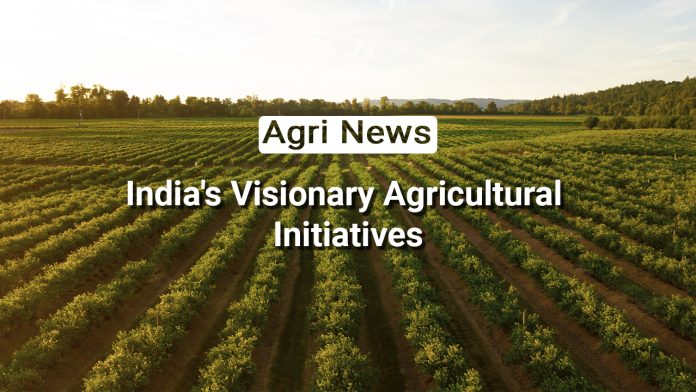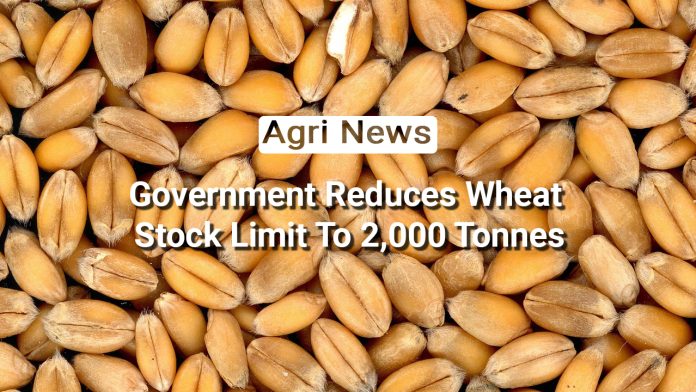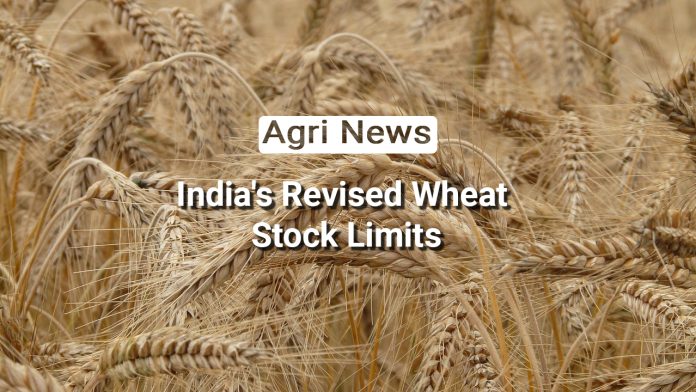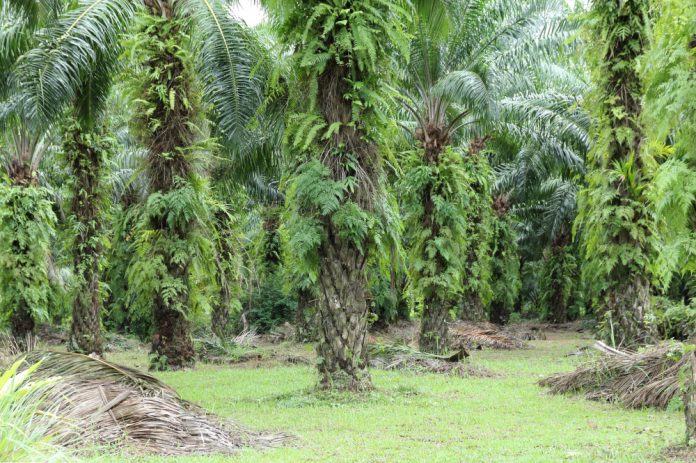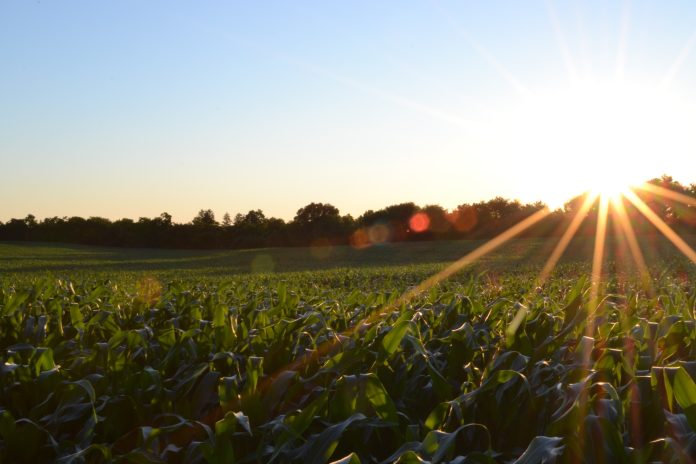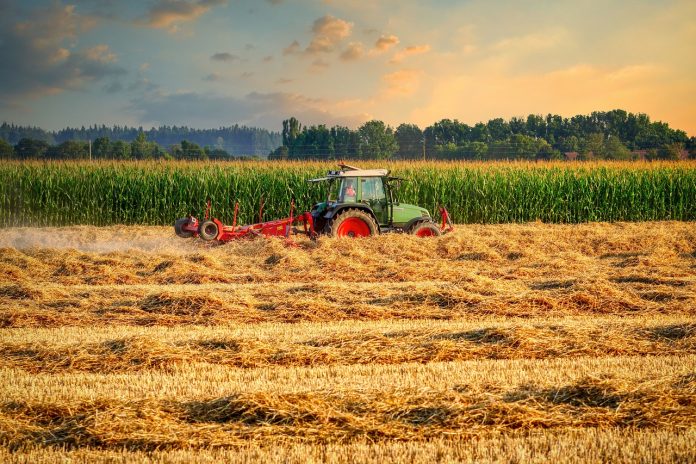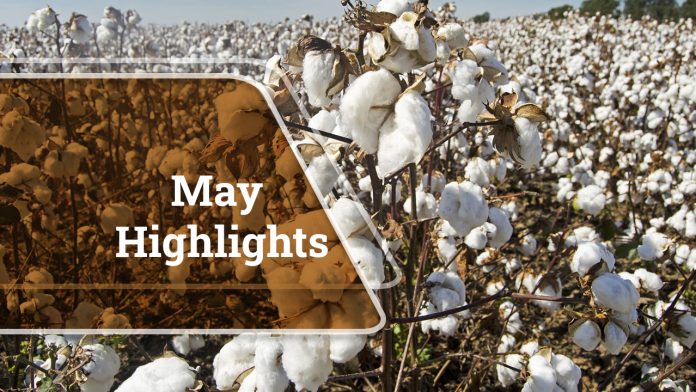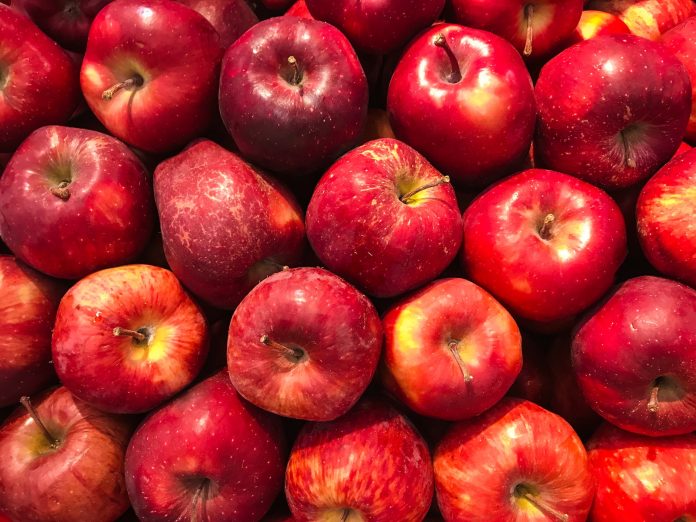In a momentous occasion, Union Finance Minister Smt. Nirmala Sitharaman and Union Agriculture Minister Sh. Narendra Singh Tomar has unveiled a series of groundbreaking initiatives designed to empower and uplift farmers across India. These initiatives are centered around agricultural credit (Kisan Credit Card & Modified Interest Subvention Scheme) and crop insurance (Pradhan Mantri Fasal Bima Yojana/RWBCIS). The Ministry of Agriculture & Farmers Welfare has introduced three transformative initiatives: the Kisan Rin Portal (KRP), the Ghar Ghar KCC Abhiyaan, a visionary campaign aiming to provide every farmer with the benefits of the Kisan Credit Card (KCC) Scheme, and the Weather Information Network Data Systems (WINDS) manual. These initiatives represent a significant leap forward in the agricultural sector, fostering financial inclusion, data optimization, and the overall well-being of farmers nationwide.
Overview
The agricultural sector has always been the backbone of India’s economy, and the government is leaving no stone unturned to ensure its growth and sustainability. The launch of these initiatives underscores the government’s commitment to farmers’ welfare, prosperity, technological advancement, and efficient service delivery. These initiatives will play a pivotal role in transforming agriculture and driving sustainable economic growth for the farming community across the country.
In a historic announcement, Union Finance Minister Smt. Nirmala Sitharaman and Union Agriculture Minister Sh. Narendra Singh Tomar has unveiled groundbreaking initiatives to revolutionize India’s agricultural landscape. These initiatives, including the Kisan Rin Portal (KRP), Ghar-Ghar KCC Abhiyaan, and the Weather Information Network Data Systems (WINDS) manual, are set to enhance financial inclusion, optimize data utilization, and improve farmers’ lives nationwide.
The KRP simplifies access to agricultural credit through the Kisan Credit Card, while Ghar-Ghar KCC Abhiyaan ensures every eligible farmer has access to these benefits. The WINDS initiative leverages technology for hyper-local weather data, supporting crop management. This comprehensive approach underscores the government’s dedication to agricultural transformation and sustainable economic growth, reaffirming its commitment to the farming community.
Key Points
- Kisan Rin Portal (KRP)
-
-
- Developed collaboratively by multiple government departments and institutions, KRP is set to revolutionize access to credit services through the Kisan Credit Card (KCC).
- It facilitates easy access to subsidized agricultural credit under the Modified Interest Subvention Scheme (MISS).
- KRP serves as an integrated hub, offering comprehensive farmer data, loan disbursement details, interest subvention claims, and progress in scheme utilization.
- Seamless integration with banks enables proactive policy interventions, strategic guidance, and adaptive enhancements for efficient agricultural credit and interest subvention utilization.
-
- House-to-House KCC Campaign: Bringing Credit Home
-
-
- MoA&FW’s commitment to universal financial inclusion is exemplified by this campaign, ensuring that every farmer has unrestricted access to credit facilities.
- Running from October 1, 2023, to December 31, 2023, this campaign leverages data from the PM KISAN database to identify eligible PM KISAN beneficiaries without KCC accounts.
- The goal is to reach out to these beneficiaries and ensure the saturation of KCC accounts among them, providing essential financial support for their agricultural endeavors.
-
- Launch of WINDS Manual (Weather Information Network Data Systems)
-
-
- The WINDS initiative is a pioneering effort to establish a network of Automatic Weather Stations & Rain Gauges at the taluk/block and gram panchayat levels.
- This network creates a robust database of hyper-local weather data, crucial for supporting various agricultural services.
- The comprehensive WINDS manual launched today offers stakeholders a deep understanding of the portal’s functionalities, data interpretation, and effective utilization.
- It provides direction to States and Union Territories for the establishment and seamless integration with the WINDS platform, fostering a culture of transparent and unbiased data collection and transmission.
- The manual also provides practical insights into leveraging weather data for improved crop management, resource allocation, and risk mitigation.
-
- Government Commitment
The government’s unwavering commitment to agriculture and rural development is evident in its substantial budget allocation for the Ministry of Agriculture, which has increased from Rs. 23,000 crore in 2013-14 to Rs. 1,25,000 crore in 2023-24. This investment underscores the government’s dedication to the growth and well-being of the farming community.
5. Financial Inclusion and Crop Insurance
Union Finance Minister Smt. Nirmala Sitharaman commended the Ministry of Agriculture for the successful implementation of the Pradhan Mantri Fasal Bima Yojana (PMFBY). Over Rs. 1,40,000 crores in insurance claims have been disbursed to farmers, providing them with crucial financial protection. She emphasized the importance of real-time crop estimation, which will contribute to better economic planning and fair prices for farmers.
Conclusion
In conclusion, the launch of transformative agricultural initiatives by Union Finance Minister Smt. Nirmala Sitharaman and Union Agriculture Minister Sh. Narendra Singh Tomar signifies a pivotal moment for India’s farming sector. The Kisan Rin Portal (KRP), Ghar-Ghar KCC Abhiyaan, and WINDS manual embody the government’s unwavering dedication to farmers’ welfare, financial inclusion, and technological progress. These initiatives are set to reshape agriculture, with KRP simplifying credit access, Ghar-Ghar KCC Abhiyaan ensuring universal inclusion, and WINDS providing vital weather data. This forward-looking approach is expected to drive sustainable economic growth in agriculture, elevating the farming community to greater prosperity and resilience.

